Understanding translation universals
Tipo de material: Recurso continuoSeries ; vol.62n.1Detalles de publicación: Sint-Amandsberg : Fédération Internationale des Traducteurs , january-march 2016Descripción: p. 122-134ISSN:
Recurso continuoSeries ; vol.62n.1Detalles de publicación: Sint-Amandsberg : Fédération Internationale des Traducteurs , january-march 2016Descripción: p. 122-134ISSN: - 0521-9744
| Tipo de ítem | Biblioteca actual | Colección | Signatura topográfica | Estado | Fecha de vencimiento | Código de barras | |
|---|---|---|---|---|---|---|---|
 Artículos/Analíticas
Artículos/Analíticas
|
Biblioteca Bartolomé Mitre | Colección General | H17 (Navegar estantería(Abre debajo)) | Disponible |
Navegando Biblioteca Bartolomé Mitre estanterías, Colección: Colección General Cerrar el navegador de estanterías (Oculta el navegador de estanterías)
incl. ref.
Translation S- and T-universals have been widely discussed in Translation Studies and their psycholinguistic study has been among the priority topics today. The article is focused on the study of translation 'S- universals' (Chesterman 2004) and is based both on the psycholinguistic model of literary translation, which combines today's neuroscience theories of cognitivism and connectionism, and on the experimental data that demonstrate its validity. The model is resulted in a series of experiments held with undergraduate students of translation department. The results of the study proved the idea of existing specific procedural and discursive S-universals in literary translation. As the empirical data showed, these universals maintain the status of common strategies depending on translator's cognitive style (analytical or synthetic) and his dominant channel (visual, auditory, kinesthetic) of source text perception.
No hay comentarios en este titulo.

